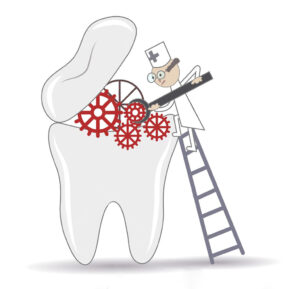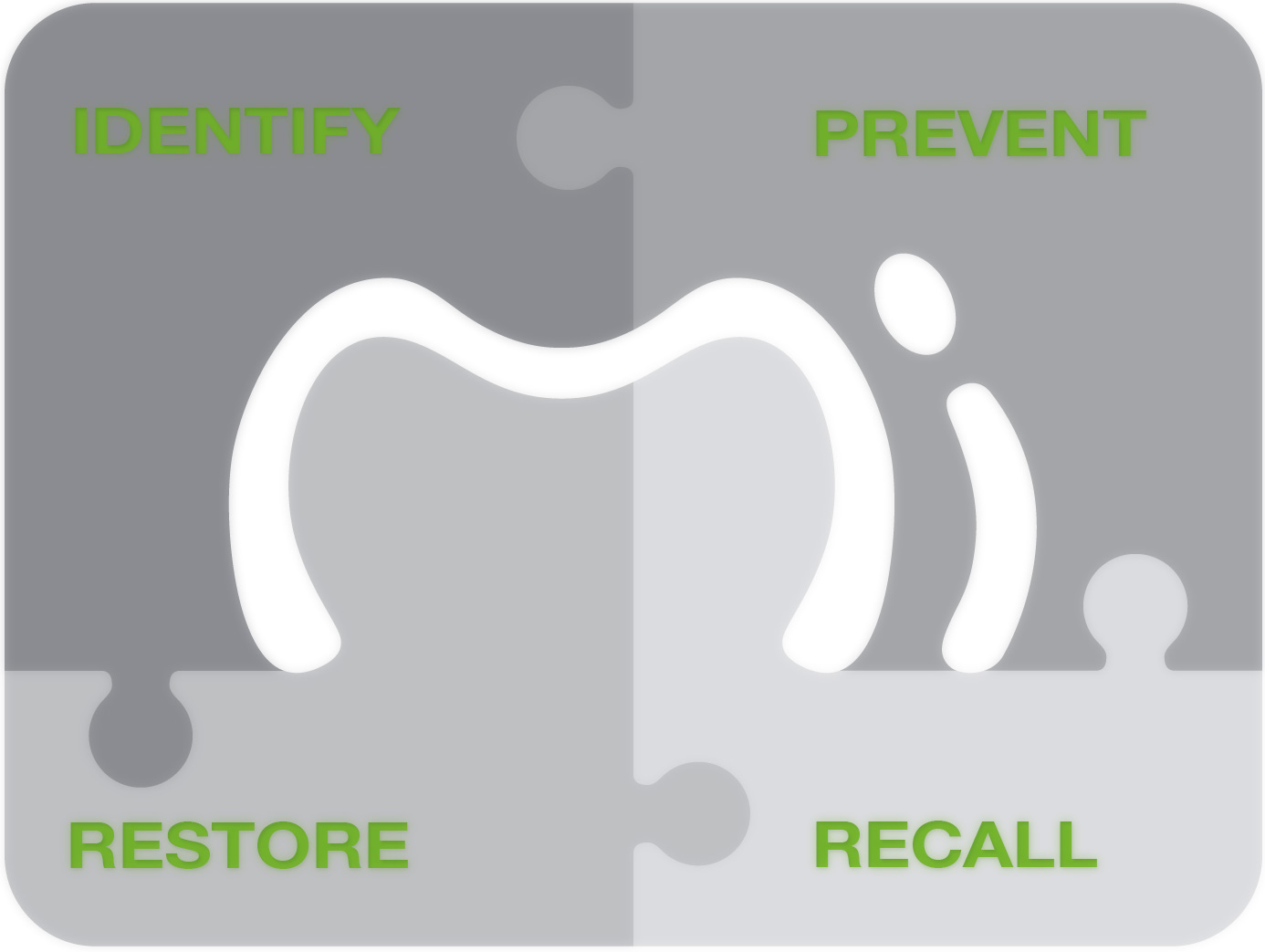Smart materials are a revolution in many areas of dental medicine. Search for an ideal restorative material has led to discovery of so-called “biomimetic” materials, named for their ability to mimic natural teeth structure.
In recent years, there has been a significant improvement and development of materials in dental medicine. Since quality of work in dental medicine largely depends on various materials used, new “smart” materials mean greater quality of dental treatments, due to their ability to adapt to various local changes in their environment.
SMART (Silver Modified Atraumatic Restorative Technique) FILLINGS
How is this smart repair done and how do co-called smart fillings work? Processes of demineralisation and remineralisation take turns in the mouth. Demineralisation is the process during which tooth damage appears. Acids in food and harmful bacteria damage the enamel. Process of remineralisation is the opposite – it happens when the minerals repair the damaged structure. When the process of demineralisation prevails, tooth decay appears.
Today advancements in dental medicine give us new, biocompatibile materials to solve this problem with. They actively get involved into this balance releasing calcium, fluoride and hydroxide ions, when PH values inside the mouth around the teeth drop below the critical 5.5. Furthermore, they can bind the fluoride from the paste and solution and make reserves! SMART fillings also attach themselves to teeth edges more firmly, decreasing tooth decay occurrence under the filling, which is the most common cause of tooth filling replacement.

“Smart” concept doesn’t involve only teeth repair. It has a wide range of application in dental medicine – hygiene, implants, ceramics and parodontopathy treatment.
SMART CERAMICS
First dental bridge made entirely of ceramics was invented in 1995. Since then, the process and materials have been tested and presented in the market as CERCON. Solidity and technology of CERCON enable production of a bridge without stainless steel or metal. The entire ceramic material has a zirconium oxide base and isn’t baked in layers on metal, but it’s produced from one unit, metal-free. The end product is biocompatibile and crack resistant. With the use of CERCON, unattractive dark edges and grey metal shadow are now history. Being biocompatible, CERCON is also used for implants.
SMART PARODONTOPATHY TREATMENT
Natural lactic acid bacteria, Lactobacillus reuteri (Prodentis) are initially extracted from a person in good oral health, who doesn’t have gum or tooth decay problem. Each tablet contains at least 200 million live Lactobacillus reuteri bacteria which outnumber pathogenic bacteria in the mouth. This is how the harmful effect to the teeth and mucous membrane is prevented in a smart way.
Use has been clinically tested in more than 20 scientific studies and is safe for children, adults, older people and pregnant women.
SMART IMPLANTS
Smart surfaces of dental implants help better connectivity with the bone and fight off infection, reducing the possibility of implant rejecting. Surface layer melts in time, releasing calcium and phosphate which encourage bone growth. Bone grows into the implant surface, which makes the implant more functional by taking over a part of pressure from the bone when chewing. Silver nanoparticles are included into the surface layer to reduce infection. With melting, silver with antimicrobial action is released. This way, the quantity of antibiotics is limited and protection is secured at the place of the implant to fight off infection.
SMART TOOTHBRUSH
Toothbrush is equipped with sensors that detect its position and orientation. It gives information about individual brushing technique – in several brushing zones. Toothbrush actually maps the mouth in 3D during brushing, helping to brush easily overlooked areas. If there is too much pressure on the sensor, the handle vibrates, warning that it is necessary to decrease the pressure.
Smart toothbrush only needs to be led to the right places and it will do the rest on its own :).
By introducing these materials into practice and educating our patients about adequate
ways of maintaining oral hygiene – we are on road to a healthy mouth and sure to get
there.




